You’ve got to give Jaguar credit for even trying to do this, let alone actually accomplishing it with such flare. What you see here is literally a brand new, 1957 Jaguar XKSS. It’s not a restoration. It’s not a reproduction. Jag went and built one, piece by piece, and the story gets better from there.
First, understand that what we’re looking at is a one-off car that has been authentically produced to the exact 1957 specifications by Jaguar Land Rover Classic’s expert craftsmen. Nine examples will be hand-built in the UK with deliveries to customers beginning in 2017.
Now, I’m not saying that you should sell a kidney or something to get one, or even go ahead and marry one of the nine new owners. Nope, I wouldn’t say that at all. But what I am saying is that if a person were to do that, you’d get no judgmental opinions from me. Nope. None at all.
Outstanding Origins
Regularly called the world’s first supercar, the original XKSS was originally a road-going conversion of the drop dead gorgeous and Le Mans-winning D-type, which was built from 1954-1956. In 1957, nine cars set aside for export to North America were lost in a fire at Jaguar’s Browns Lane factory in the British Midlands.
Pour one out for our Browns Lane homies.
So the total number of XKSS cars built was a scant 16 examples.
In a completely class move, earlier this year, Jaguar announced that its Classic division would build the nine ‘lost’ XKSS sports cars for an elite group of recognized collectors and customers. The new, one-off XKSS shown at the Los Angeles Show is the culmination of 18 months of research and will be used as a blueprint from which the nine continuation cars are built.
The nine follow on cars will be completely new, with period chassis numbers from the XKSS chassis log. All cars are now sold, going for a staggering, yet completely reasonable price, in excess of £1 million.
Resonant Revival
This is not the first car that Jag did a continuation series on. In 2014, Jaguar built up six Lightweight E-types and sold them to a fortunate few. The Lightweight E-type project helped the Jaguar Classic team learn to engineer cars that are faithful to the original specs, and this knowledge has been enhanced in creating the ‘new original’ XKSS.
The ‘new original’ XKSS revealed in Los Angeles is a period correct continuation, built using a combination of original drawings from the Jaguar archive and modern methods. The engineering team laser scanned several versions of the 1957 XKSS to make a complete digital image of the car, from the body and chassis, to all the parts required.
Body & Chassis
The body of the “new” XKSS is made from magnesium alloy, just like in 1957. This was rather difficult to accomplish since the original styling bucks no longer exist. So, Jaguar Classic went and produced a new styling buck based on the original bodies from the 1950s. The bodies of the nine new cars will be formed on this buck, using a traditional process called hand-wheeling.
Yes, it’s labor intensive. Yes, it’s slower than the traditional Italian repousse method, and no, it’s not as fine as the Italians do it, but it’s still a stunning finished product.
The engineers at Jaguar Classic’s worked with the original frames (remember, this was way before effective monocoque body construction methods) to produced CAD files to support building the chassis. In partnership with Jaguar Classic, frame maker Reynolds – the 531 tubing people – was tasked to construct new parts using imperial measurements, rather than metric. The frames are bronze welded in the same way as the period XKSS chassis tubing. Too bad it’s clothed underneath that striking body, because welding in that style is a wonder to behold.
The continuation cars feature period specification four-wheel Dunlop disc brakes (Jag’s “unfair advantage” back in the day) with a Plessey pump, and Dunlop tires with lovely riveted two-piece magnesium alloy wheels.
Engine & Interior
Beneath the hand-form magnesium bonnet, lies the traditional 262 horsepower 3.4-liter straight six-cylinder Jaguar D-type engine. Some of the more dramatic highlights include completely new cast iron blocks, new cast cylinder heads, and three Weber DC03 carburetors.
In the cockpit, the ‘new original’ XKSS features flawless recreations of the original Smiths gauges.
Everything from the wood of the steering wheel, to the grain of the leather seats, through to the brass knobs on the XKSS dashboard, is precisely as it would have been in 1957. Minor specification changes have been made only to improve driver and passenger safety, says Jaguar, and I’m not going to ding them for that.
For example, the fuel cell, uses tough, modern materials to support the use of today’s fuels.
“Production” begins this year, with an estimated 10,000 man hours going into building each of the new XKSS cars. Still on the fence about whether you covet one or not? How about this: Steve McQueen owned one of the originals.
Tony Borroz has spent his entire life around racing antique and sports cars. He means well, even if he has a bias towards lighter, agile cars rather than big engine muscle cars or family sedans.
Jaguar XKSS Gallery
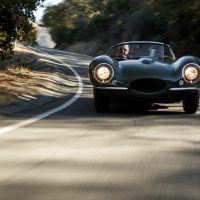
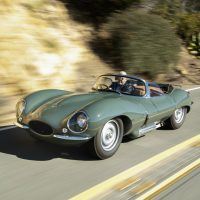
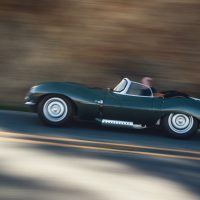








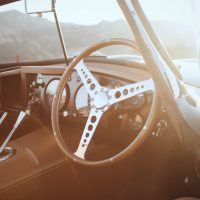
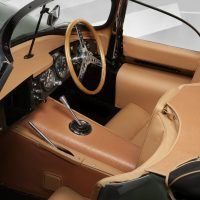

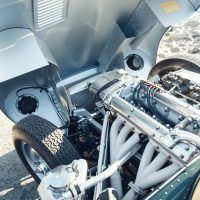
Photos & Source: Jaguar Land Rover Classics
http://www.automoblog.net/2016/11/18/1957-jaguar-xkss-living-breathing-fire/
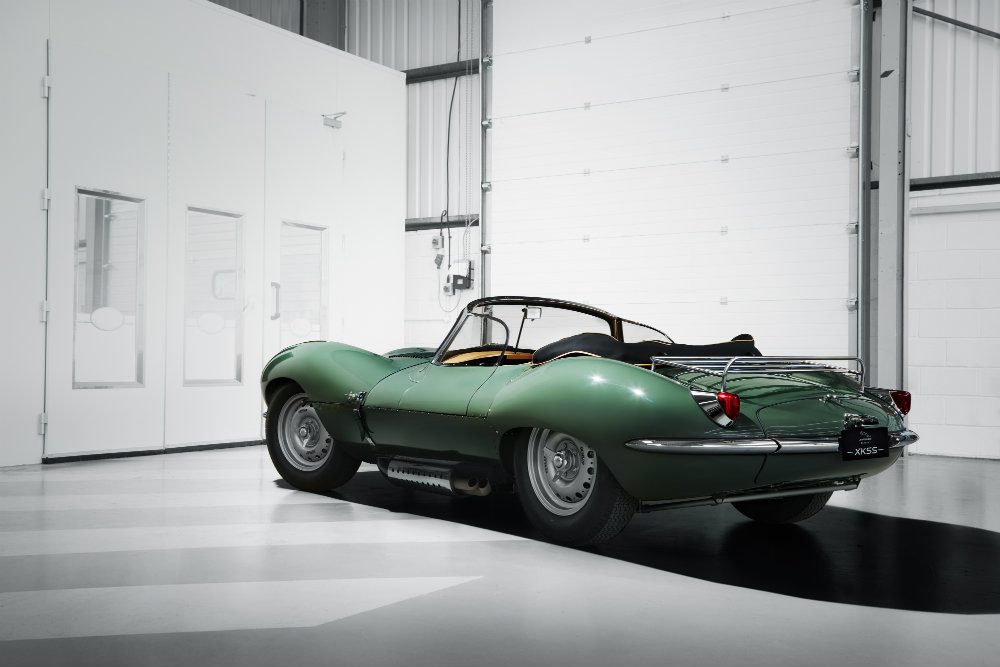
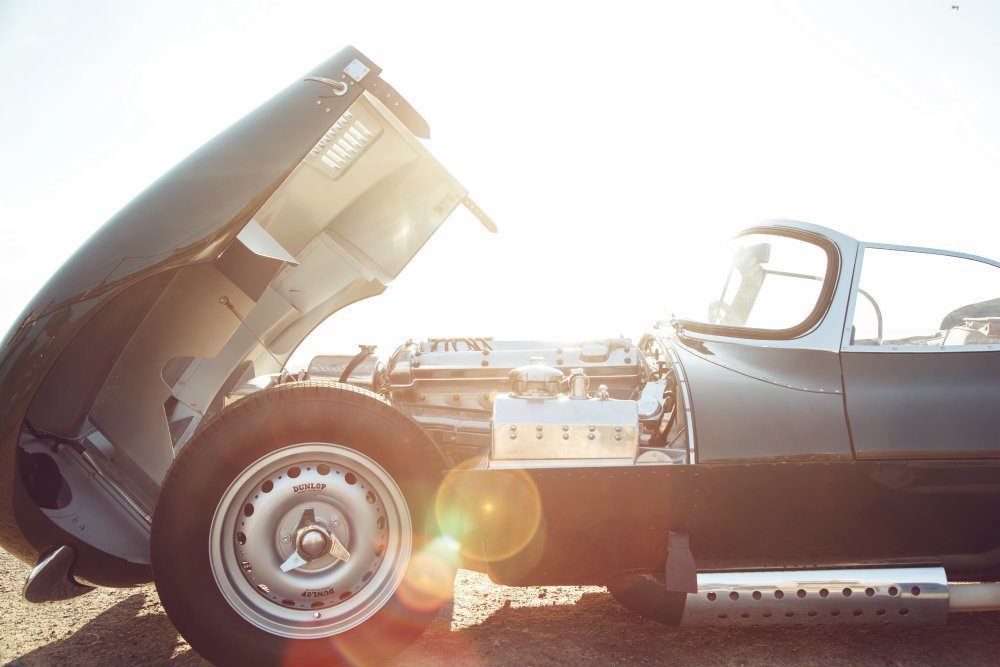
No comments:
Post a Comment